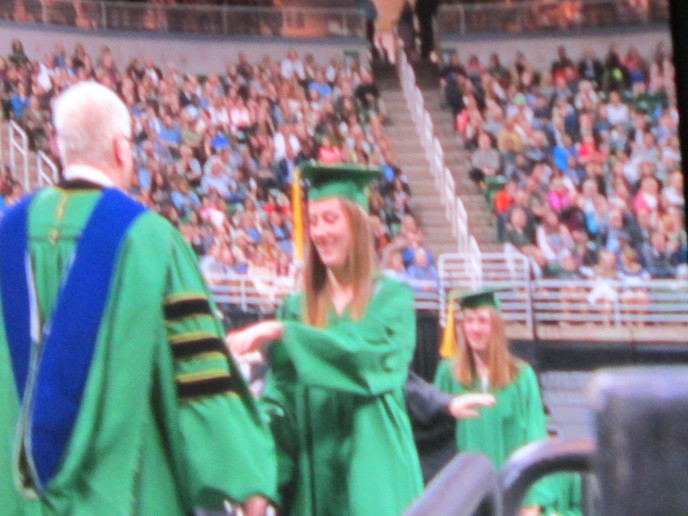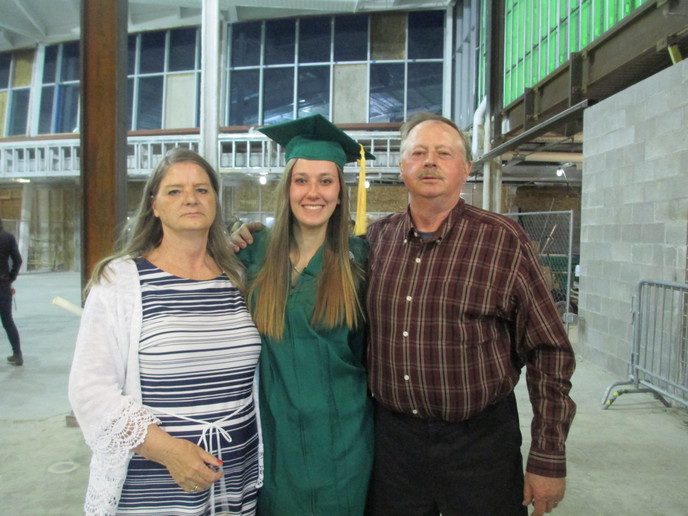I live in a woods and when we get a little breeze,enough to move the tree leaves there's some channels we can get very well.Maybe a few seconds,then they looked scrambled or the screen goes black for a few seconds.The antenna guys I've talked to say the trees don't effect the signal.
They want to sell me a verticle antenna with a booster,but won't guarantee anything.It looks to me like the tree's are messing the signal up.I have a horizontal antenna with a booster now.
I wonder what you guys use. I'm about 40 miles from the signal source.
They want to sell me a verticle antenna with a booster,but won't guarantee anything.It looks to me like the tree's are messing the signal up.I have a horizontal antenna with a booster now.
I wonder what you guys use. I'm about 40 miles from the signal source.



